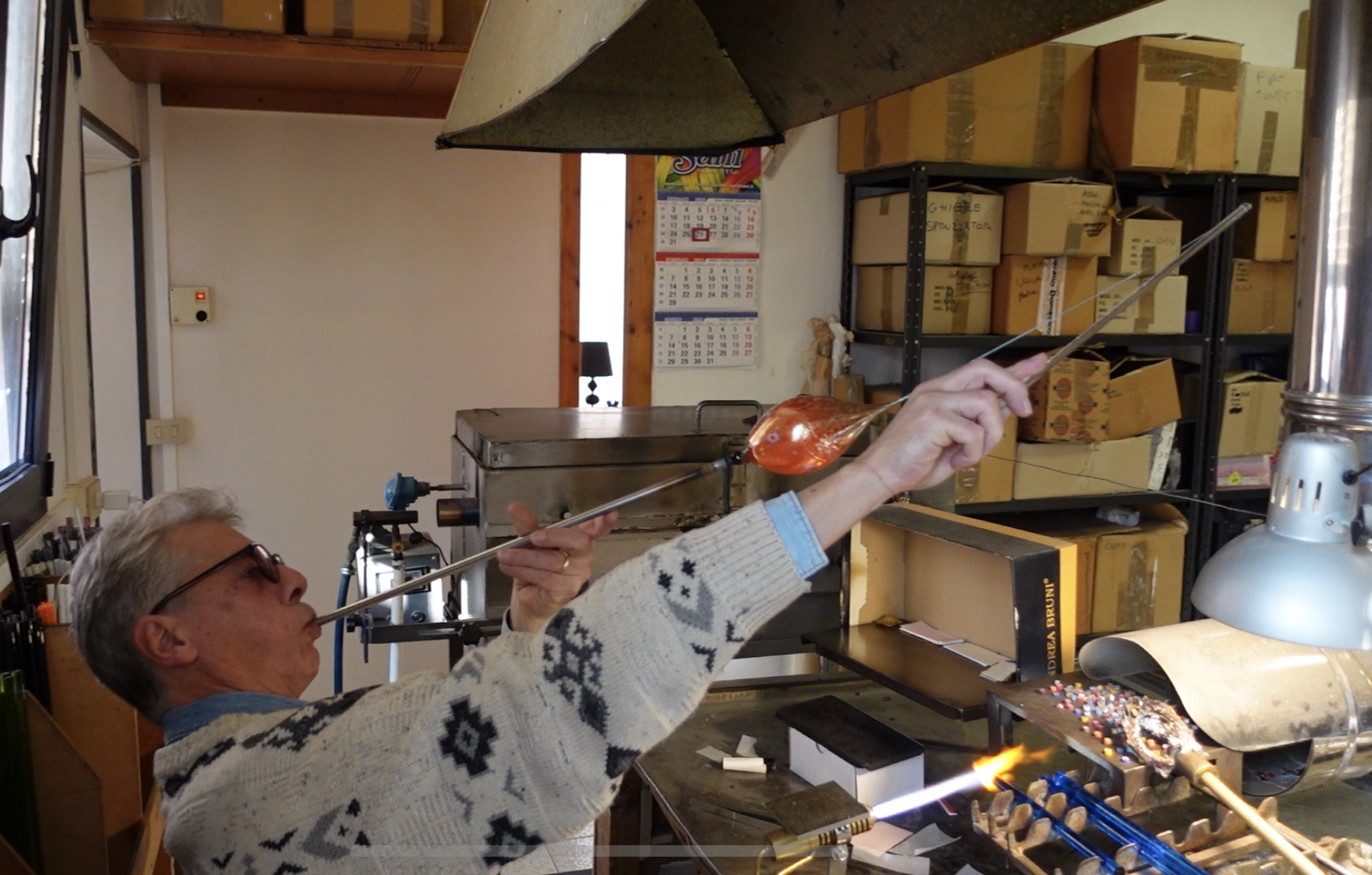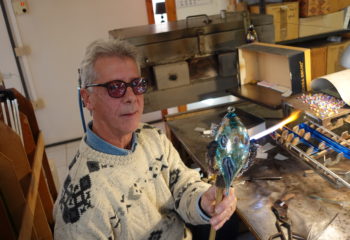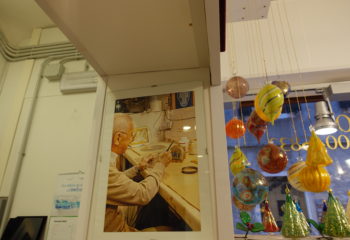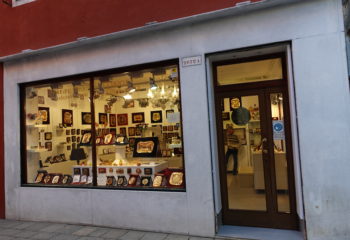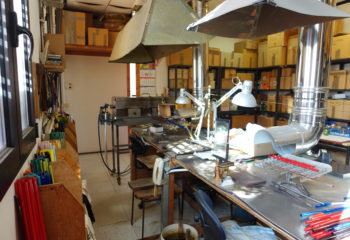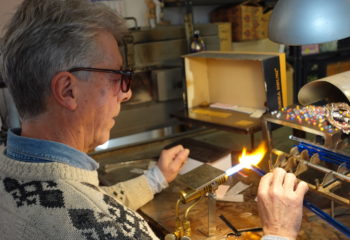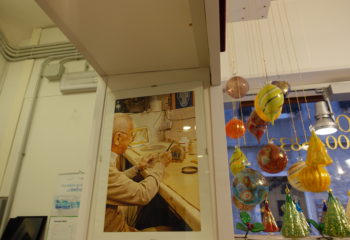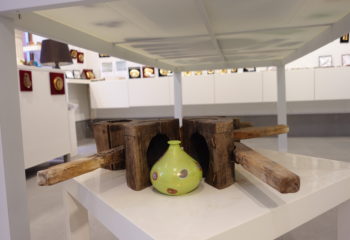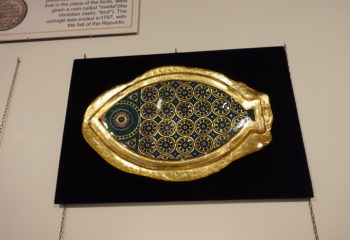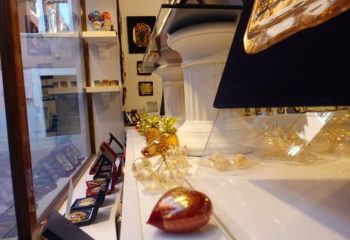Leggi la versione italiana
“It is an hard work craftsman. Something that cannot be learned in schools: it has to be done by hand”: this is how Lorenzo Ferro, glass and bas-relief craftsman, sums up his business in a few words. A tradition handed down to him by his father 40 years ago. From the store in the center of Venice, through Murano to his workshop, master Ferro took us through the story of CNA Storie of September.
The blown glass artifacts, known and sought after all over the world, are timeless. A meeting point between the oldest tradition, dating back to the Middle Ages, and high design. And today, to enrich their proposals, even the big fashion brands look to the Murano glass district. Italy’s oldest one, which has been fighting for survival during last years. First to obtain quality certifications against fakes, then the crisis of 2008. And we come to today, with the pandemic and the expense of bills to be multiplied by six.
“We are going out of price with productions and we can’t compete with other countries,” Lorenzo bitterly recounts. “The furnaces that work, they keep the fire going 24 hours a day. There is no possibility to save money.”
Yet, thanks in part to the e-commerce platform provided by CNA Venezia, Lorenzo has managed to get through even the toughest stages of the pandemic.
“One cannot just sit and wait, but has to move, looking for new channels”: it almost sounds like an invitation not to give up that of Lorenzo, who notes how the market has “completely changed.” Thtought Internet, but not only: “we have made a contract with a Japanese telemarketer that is giving us great satisfaction. In short, we are able to reach the customer in his home.” Of course, working on finding niches. In his case, “of all those people who are looking for something one-of-a-kind. Handmade, where we can also find a flaw, but that becomes an asset, because it’s handmade.”
One cannot just sit there and wait. One has to move, looking for new channels
From the store in the center of Venice, we move to Lorenzo’s workshop in Murano. It all began in 1291, when it was decided to move from the Serenissima to here the furnaces, cause of serious fires that threatened the safety of homes. “Many years ago 5,000 people worked in Murano. Today, unfortunately, the demand has dropped, the furnaces have shrunk.” And the real emergency is the lack of young people: “there are few of new generation who work in the furnaces: there is no turnover if you consider that working glass is not learned by studying, but it is learned by working.”
In the handmade product one can also find a flaw, but it becomes a merit. Because it is handmade
The change is before the eyes of those who, in Murano, were born and raised, like him, who recounts how his mother recommended not to go out at noon. A citizen “be careful crossing,” which, declined in the Murano of that time, sounded “be careful, for the workers take you away in the crowd!” A recommendation that today, sadly, no longer applies.

